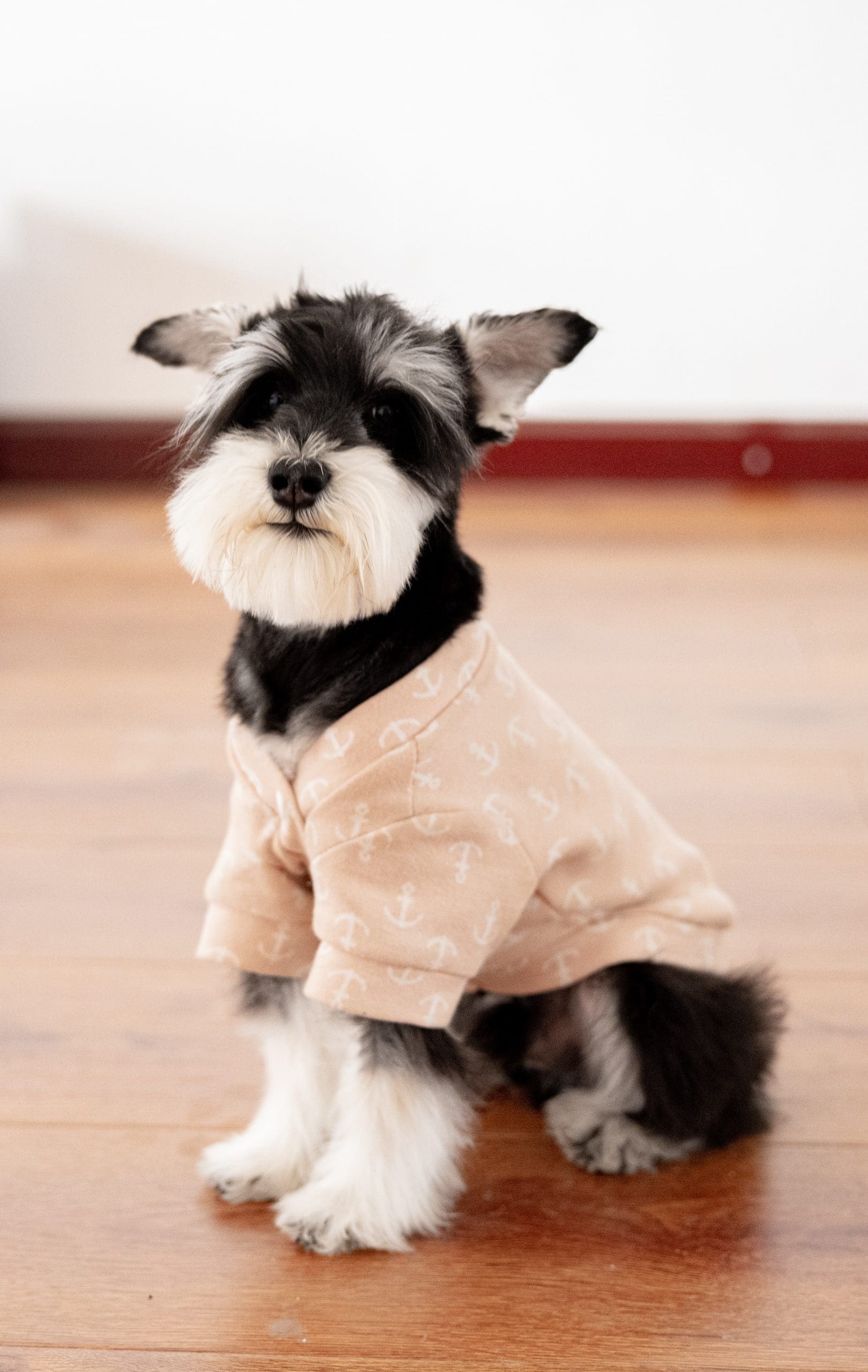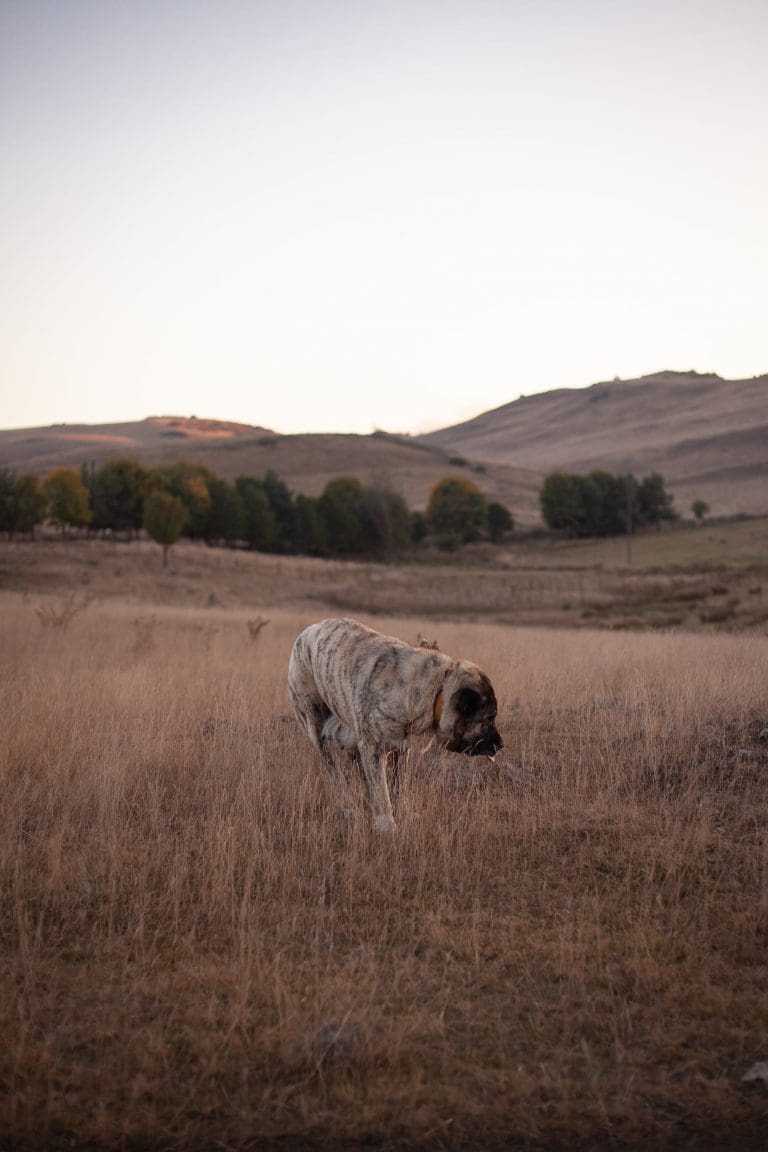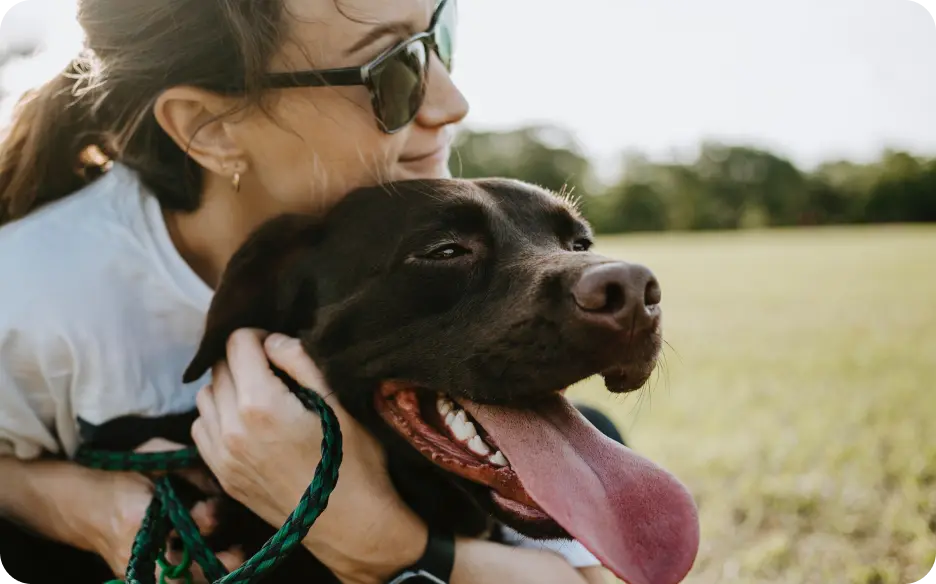What Is A Male Dog Called?
Post Date:
December 10, 2024
(Date Last Modified: December 10, 2024)
When discussing our furry friends, many people are curious about the specific terms that describe their gender. The most common term for a male dog is simply “dog.” This term applies to all adult male members of the species Canis lupus familiaris. In contrast, female dogs are referred to as “bitches,” a term that can raise eyebrows due to its other connotations in human language. However, in veterinary and breeding contexts, “bitch” is the standard term.
Understanding these terms is essential for anyone interested in dog ownership, breeding, or veterinary care. Knowing the correct terminology enhances communication with professionals and fellow dog lovers, fostering greater respect for these animals and acknowledging their unique qualities and roles in our lives.
The Importance of Canine Terminology
It’s essential to grasp not only what male dogs are called but also the implications these terms carry. Male dogs, especially those that are not neutered, may exhibit certain behaviors influenced by their sex, such as marking territory, mounting, and aggression. These factors are important for potential owners or breeders to consider.
There is also a notable difference between male and female dogs regarding training and behavior. Male dogs might be more prone to specific behaviors due to hormonal influences, which can affect the training process. Understanding these characteristics helps dog owners prepare better and approach training with the right mindset.
The Role of Male Dogs in Society
Throughout history, male dogs have fulfilled various roles in human society, from hunting companions to herding assistants and beloved family pets. In many cultures, male dogs symbolize strength and loyalty, contributing to their popularity in various roles, from working dogs to cherished family members.
In dog sports and competitions, male dogs often have a prominent presence. Many breeds feature male representatives that excel in agility, obedience, and other events. Their physical characteristics, such as size and strength, often enhance their performance in these competitions.
The Breeding Perspective
For those interested in breeding dogs, understanding the differences between male and female dogs is crucial. Male dogs contribute to the gene pool and may possess specific characteristics that make them desirable for breeding. Breeders often seek males that not only meet breed standards but also exhibit traits such as temperament, health, and conformation.
In the breeding world, male dogs are often referred to as “studs.” This term denotes a male chosen for breeding based on his qualities and lineage. Studs are selected not only for their physical attributes but also for their behavior, health history, and lineage, all of which are critical in identifying the right male for breeding purposes.
Male Dog Behavior
Understanding male dog behavior is essential for anyone considering bringing a male dog into their home. Male dogs often display behaviors influenced by their hormones, particularly if unneutered. These behaviors can include marking territory, increased aggression, and a tendency to roam.
Neutering is a common procedure that many owners choose, significantly altering a male dog’s behavior. After neutering, many male dogs become more docile, less prone to aggression, and less likely to mark territory. This change can lead to easier management and training within a home environment.
Choosing the Right Male Dog
Numerous factors influence the decision when selecting a male dog. Prospective dog owners should evaluate their lifestyle, living situation, and the specific breed’s needs. Some breeds exhibit tendencies more pronounced in males, such as higher energy levels or a strong desire to protect their territory.
Additionally, the size of the dog impacts the decision. Large male dogs may require more space and exercise compared to smaller breeds. Understanding these differences aids prospective owners in making informed decisions about the best fit for their home and lifestyle.
Caring for a Male Dog
Caring for a male dog entails understanding his physical and emotional needs. Regular veterinary check-ups are vital to ensure the dog remains healthy, encompassing vaccinations, parasite control, and routine health screenings.
Nutrition plays a critical role in male dog care. Depending on their age, size, and activity level, male dogs may have different dietary requirements. Consulting with a veterinarian about suitable food options ensures the dog receives the necessary nutrients to maintain a healthy weight and energy level.
Physical exercise is vital for male dogs, especially given their often high energy levels. Regular walks, playtime, and mental stimulation are essential for their happiness and health. Engaging in activities like fetch or agility training helps channel their energy positively.
Socialization and Training
Socialization is crucial for male dogs to help them develop well-rounded personalities. Exposing them to various environments, people, and other animals can prevent behavioral issues. Training should start early, focusing on basic commands and positive reinforcement techniques.
Male dogs can sometimes display dominant behavior, particularly if not properly socialized. Training addresses these tendencies, helping the dog learn appropriate behaviors and become a well-mannered companion. Consistent training and positive reinforcement encourage male dogs to become loving, respectful members of the family.
The Bond with a Male Dog
The bond between a dog and its owner is often unique and profound. Male dogs can be incredibly affectionate, loyal, and protective. Building this bond requires time and effort, but the rewards are great. Engaging in activities together—through training, play, or simply spending time together—strengthens this connection.
Understanding what a male dog is called is just the beginning of the journey into dog ownership. It opens the door to insights into their behaviors, needs, and the joys of companionship.
The Joy of Male Dog Ownership
Owning a male dog brings immense joy and companionship. Their playful antics, loving nature, and loyalty make them wonderful additions to any household. Male dogs, regardless of breed, have the potential to enrich lives and provide comfort during challenging times.
Navigating the world of dog ownership requires an understanding of a male dog’s needs, behaviors, and quirks, fostering a stronger bond. This knowledge enhances the overall experience of sharing life with a canine friend. A male dog is not just a pet; he becomes a friend, a companion, and often a cherished family member who stands by you through thick and thin.






